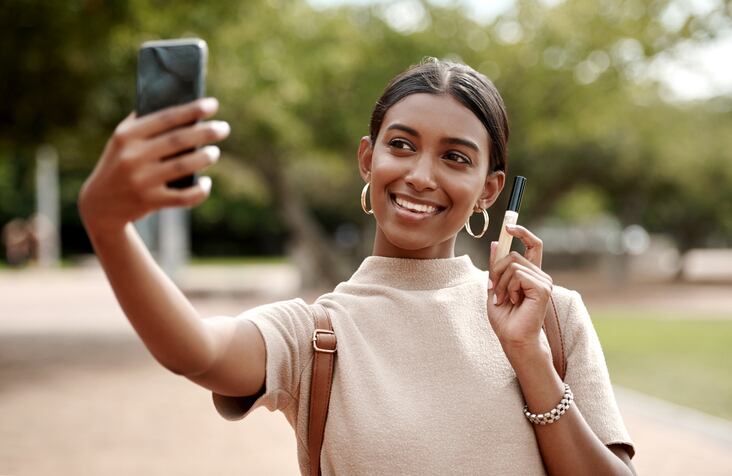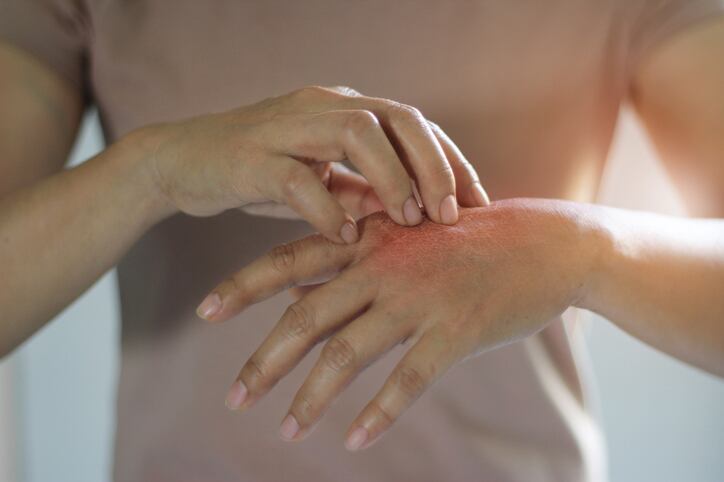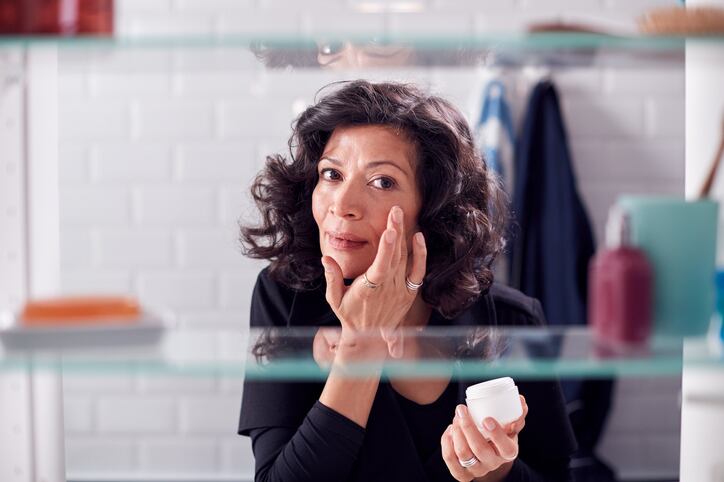With the rise of social media, many brands have established their presence on various different platforms in order to increase consumer engagement and to promote their products. And over the last few years, there has been a rising trend of collaboration between cosmetic brands and influencers, who can reach many thousands, even millions, of people and therefore greatly promote brands and their products. This kind of collaboration is especially seen on Instagram, YouTube and more recently, TikTok.
But this rise in digital does not mean cosmetic claims regulations can be left by the wayside.
What are claims?
Claims are powerful marketing tools which can persuade consumers into buying a certain product. However, brands should keep in mind that claims have to be truthful, honest, fair, and sufficiently substantiated. The requirement for claim substantiation protects end-users from misleading claims, and it also serves as an opportunity for brands to prove their product is effective and innovative.
Claims can be made in the form of a text, name, trademark, picture, and a figurative or other sign on the packaging of the product. But they can also appear elsewhere, such as at point of sale, on websites where the product is presented, in advertisements, social media, etc.
This is very important to note as sometimes brands think that what they post on social media or their website or anywhere else other than on the labels that appear on the product does not count as a claim and therefore does not have to be legally compliant. That is far from the truth because the same regulation applies to all cosmetic claims, no matter where they appear. The same requirements also apply to claims that are presented by the influencers on behalf of the cosmetic brand they work with.
Regulatory framework around claims
The main legislation on claims is the EU and UK Cosmetics Regulations (Article 20). Article 20 clearly states that cosmetic claims should not imply that a product has characteristics or functions which it does not have. The EU and UK regulations also require that the Responsible Person (RP) ensures the cosmetic claim is compliant and keeps documents that prove the effects claimed for the cosmetic product in the Product Information File (PIF).
Another important regulation is Regulation (EU) 655/2013, which lays down common criteria for the justification of claims used in relation to cosmetic products. It states that cosmetic claims (explicit or implicit) have to be supported by adequate and verifiable evidence.
There are also additional legislations, such as the Unfair Commercial Practices Directive 2005/29/EC, Misleading and Comparative Advertising Directive 2006/114/EC and The Consumer Protection from Unfair Trading Regulations 2008. Their purpose is to protect the consumer from misleading and unfair commercial practices.
Lastly, it is important to mention one of the most useful documents to follow when making cosmetic claims: the Technical Document on Cosmetic Claims which was published by the European Commission. It offers guidance for the common criteria laid down by Regulation 655/2013 and serves as a ‘tool’ for companies to use, as it lists a collection of best practices.
Claim substantiation
Firstly, it is important to use claims that are in line with a definition of a cosmetic product and not to use claims which would exceed the cosmetic function. The most common product category that cosmetics borderline with are pharmaceuticals, medical devices and biocides, so cosmetic brands need to be careful not to claim too much. It is important to add that borderline claims are not allowed for cosmetics even if they are properly substantiated.
Brands also have to keep in mind the six common criteria that cosmetic claims have to comply with: legal compliance, truthfulness, evidential support, honesty, fairness, and informed decision-making. An in-depth description with examples can be found in the Technical Document on Cosmetic Claims.
There are different ways brands can support cosmetic claims. They can use experimental studies (in vitro, in silico, clinical, etc.), consumer perception studies and/or published information (scientific publications, market data, raw material brochures etc.). It is important to use appropriate support for each claim and to have quality data.
Depending on the claim, some types of claim substantiation will be more suitable than others. Usually, the stronger the claim, the stronger and more robust support is needed, and usually, clinical studies or consumer perception tests are preferable in such cases.
Influencers and social media
As mentioned before, cosmetic claims made on social media have to also be compliant and in line with all relevant requirements for claims. When working with influencers, cosmetic brands have to make sure that they explain which claims may be used in regard to the product that is being promoted and provide all the necessary information to the influencers in order to avoid any misinformation.
With an increased number of collaborations between cosmetic brands and influencers, there have been many incompliant ads, which were spotted by the relevant authorities who have been monitoring social media and how influencers promote products.
In the UK, the Advertising Standards Authority (ASA) regulates advertising across all media and applies the Advertising Codes, which are written by the Committee of Advertising Practice (CAP). Additionally, the Competition & Markets Authority (CMA), among its other roles, also protects consumers from unfair trading practices. The EU has the European Advertising Standards Alliance (EASA) which is a coordinating body for advertising self-regulatory organisations within the EU and promotes responsible advertising.
According to the ASA’s CAP codes, influencers have to disclose promotional content as advertisements. The fact that the content is an ad has to be disclosed prominently, clearly, and timely, which means it has to be the first thing that people see before they engage with the content. If such content is not correctly marked, the cosmetic brands who hire the influencers for the promotional content will also be held responsible. The same applies to any misleading or unsupported claims made by influencers on behalf of the cosmetic brands. So, it is crucial that cosmetic brands provide adequate guidance for influencers and also to check that the result of the collaboration is in line with all the requirements.




